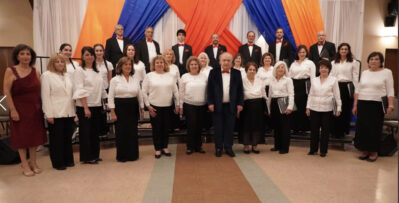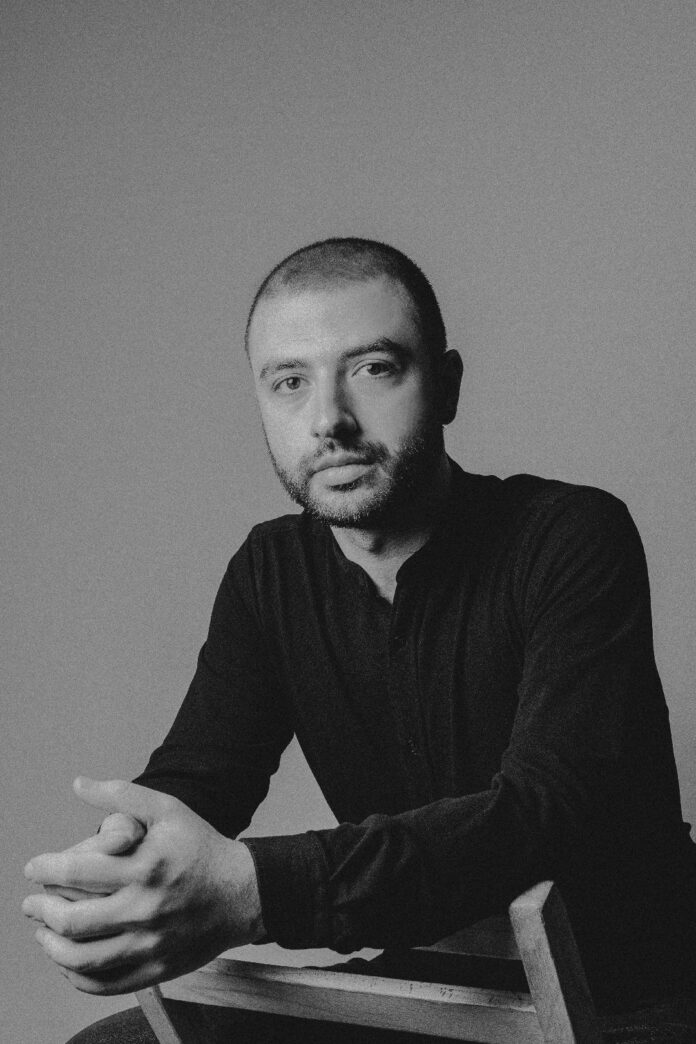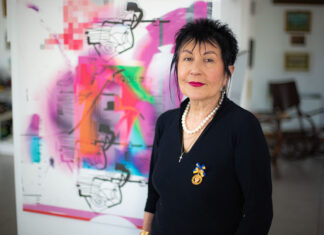YEREVAN – Arman Peshtmaljyan (born 1992) is an award-winning composer, arranger, keyboardist/pianist, songwriter, and music producer. He specializes in jazz, pop, folk and fusion while continuously exploring innovative approaches in genres such as Techno, D’n’B, Lo-Fi Hip Hop, Dream Pop, and Psychedelic Soul. He studied at the Alexander Hekimyan Music School in Yerevan, where he learned piano, percussion, guitar, drums, and harmonica. He then continued his education at the Komitas Yerevan State Conservatory, specializing in piano and composition. Later, he pursued a master’s degree in Jazz Composition at the Basel Academy of Music, Jazzcampus, in Switzerland. Currently, he is a member of the MVF Band, Goght Band, Yerevan Calling, Zestengusto, and the Armenian Navy Band, which won the BBC Radio 3 Award for World Music. He also performs periodically with the State Jazz Orchestra of Armenia. Most recently, he launched his own modern jazz project, the Arman Peshtmaljyan Group. His work has received international recognition, including being a finalist in the UK Songwriting Contest for five compositions, with Ays Gisher (“This Night”) earning a Jury Special Mention award. He was also nominated for the World Entertainment Awards for Best Folk Song with Zartir Nazelis (“Wake Up, My Graceful”). He has performed at numerous prestigious music festivals, including the Made in New York Jazz Competition (2014), the Smithsonian Folklife Festival (2018), the Caucasus Cultural Festival in Seoul (2016), and the Yerevan Jazz Festival (2015–2024), among others.
Arman, you have revived lesser-known Armenian songs, giving them new life while also composing innovative original pieces. For example, your interpretation of Ays Gisher (This Night) has been recognized as a pioneering dream pop piece in Armenian music. To what extent do you think such reinterpretations are justified?
These are different projects, but the reason behind them is the same. I see that we are missing important elements in today’s Armenian music sphere. The word “Armenian” is often absent in our music industry.
With the project of preserving old Armenian folk songs, my goal was to keep them alive. Reinterpreting old songs is not about replacing or altering their essence — it is about ensuring they remain relevant for new generations. Many Armenian folk songs have been passed down orally, naturally evolving with time and place. My aim is to preserve their soul while presenting them in a way that resonates with today’s listeners. This way, Armenian music today will still include pieces that are centuries old, and anyone listening can confidently say, “This is Armenian.”
At the same time, I create music in other genres, like dream pop, to fill gaps in the Armenian music industry. The melancholic mood, atmospheric soundscapes, and soft vocals—these elements are missing in the commercialized Armenian music scene. Ays Gisher was the first Armenian song in the dream pop genre. The lyrics are in Armenian, and I incorporated the kanon instrument, so that, again, anyone listening can confidently say, “This is Armenian.” Fans of dream pop can now enjoy their favorite genre in Armenian. So, whether it’s folk or pop, all these projects have the same purpose: to ensure that no matter the genre, we have an Armenian version — music that, when you hear it, you know it belongs to Armenian culture.
Besides Armenian folk music, what other musical influences have shaped your work?









